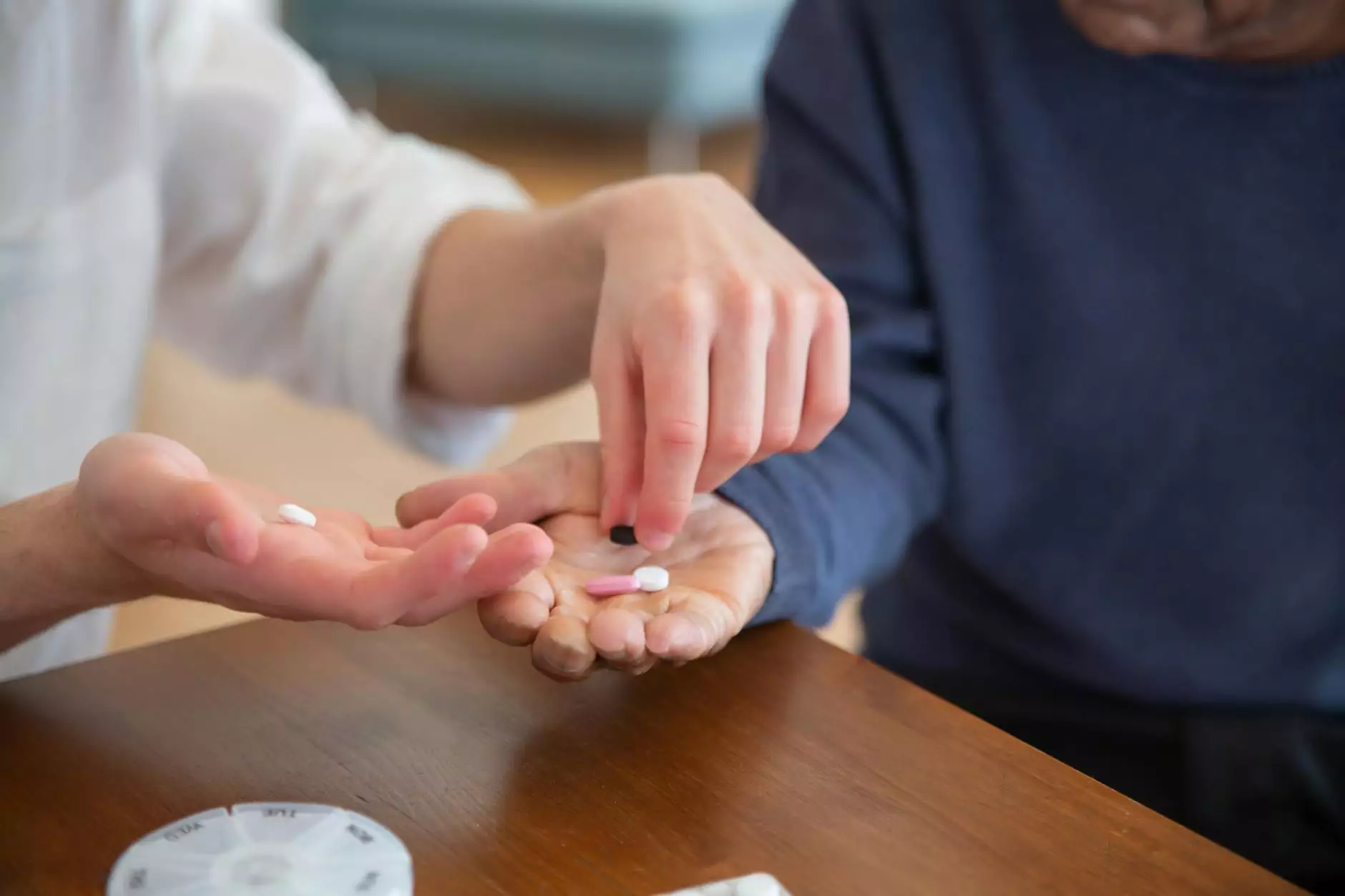Piedmont Lymphedema: Comprehensive Guide to Management and Treatment

Lymphedema is a chronic condition that affects millions of people worldwide, causing swelling, discomfort, and a range of other symptoms. Emphasizing piedmont lymphedema is essential as it reflects a unique regional focus, addressing specific concerns related to this condition in the Piedmont area. In this article, we will explore lymphedema in great detail, including its causes, symptoms, diagnosis, and treatment options, empowering patients with the knowledge needed to manage their health effectively.
Understanding Lymphedema
Lymphedema occurs when lymph fluid accumulates in the tissues, usually due to the dysfunction of the lymphatic system. This can lead to severe swelling and pain, particularly in the arms or legs. It can be classified into two primary types:
- Primary Lymphedema: This is a genetic condition that can occur without any obvious reasons, often arising during puberty, pregnancy, or later in life.
- Secondary Lymphedema: This type usually results from damage to the lymphatic system due to surgery, radiation treatment, or trauma.
Causes of Piedmont Lymphedema
In the Piedmont region, factors contributing to lymphedema may include a combination of genetic predisposition, previous surgeries, and exposure to environmental factors. Common causes include:
- Surgical Procedures: Many patients who have undergone surgeries for cancer treatment or vascular disease may experience lymphedema, especially if lymph nodes are removed.
- Injury: Trauma to the lymphatic system can lead to swelling in the affected area.
- Infections: Recurrent infections can damage lymph vessels, resulting in lymphedema.
- Obesity: Higher body weight can contribute to the development of lymphedema due to increased pressure on the lymphatic system.
Symptoms of Piedmont Lymphedema
The symptoms of lymphedema can vary in severity, and early detection is crucial for effective management. Symptoms often include:
- Swelling: A noticeable swelling in the affected limb or area.
- Discomfort: Feelings of heaviness or tightness in the limb.
- Reduced Range of Motion: Difficulty moving the affected limb.
- Changes in Skin Texture: Skin may become thickened or have a "dimpled" appearance.
- Frequent Infections: Increased risk of skin infections due to impaired lymphatic drainage.
Diagnosis of Lymphedema
Diagnosing lymphedema typically involves a thorough medical history and physical examination. Additionally, the following diagnostic methods may be employed:
- Clinical Assessment: The physician will assess the affected area for swelling, texture, and symptoms.
- Imaging Studies: Ultrasounds, MRIs, or lymphoscintigraphy may be used to visualize the lymphatic system.
- Bioimpedance Spectroscopy: This test measures fluid levels in tissues.
Effective Treatment Options for Piedmont Lymphedema
There are various treatment modalities to manage piedmont lymphedema. A multi-faceted approach is often the most effective:
Compression Therapy
Compression garments, such as sleeves or stockings, are designed to apply pressure to the affected area, helping to reduce swelling and improve lymphatic drainage. It is essential to consult a healthcare professional to find the right size and type of garment.
Manual Lymph Drainage (MLD)
This specialized massage technique, performed by a trained therapist, stimulates the lymphatic system to aid in fluid drainage. MLD can significantly enhance comfort and reduce swelling.
Exercise Therapy
Engaging in regular physical activity, tailored to your condition, can promote lymphatic flow. Activities such as swimming, walking, and specific stretching exercises are beneficial.
Skin Care Regimen
Maintaining proper skin care is vital for individuals with lymphedema. Keeping the skin clean and moisturized can help prevent infections, and any injuries or cuts should be treated promptly.
Interventional Procedures
In severe cases, surgical interventions may be necessary. Some options include:
- Lymphatic Bypass Surgery: Aimed at rerouting the lymphatic fluid to reduce swelling.
- Liposuction: In cases of significant tissue swelling, liposuction may be performed to remove excess fatty tissue.
Living with Piedmont Lymphedema
Living with lymphedema can be challenging, but with the right support and resources, individuals can lead fulfilling lives. Here are some strategies to consider:
- Education: Understanding your condition is paramount. Participate in support groups and workshops.
- Regular Follow-ups: Routine check-ups with your healthcare provider can help monitor your condition and adjust treatment as necessary.
- Healthy Lifestyle Choices: A balanced diet, weight management, and quitting smoking can improve overall well-being and lymphatic function.
Why Choose Truffles Vein Specialists?
At Truffles Vein Specialists, we understand the complexities of piedmont lymphedema and are committed to delivering comprehensive care tailored to the unique needs of our patients. Our team of experts in vascular medicine, including board-certified doctors, are dedicated to providing the latest advancements in treatment and management. Here’s why you should trust us:
- Expert Team: Our physicians specialize in vascular medicine and have extensive experience in treating lymphedema.
- Personalized Care: We offer customized treatment plans to address your specific condition and lifestyle.
- State-of-the-Art Facilities: Our clinic is equipped with advanced technology for accurate diagnoses and effective treatments.
- Patient Education: We prioritize educating our patients on managing their condition for a better quality of life.
Conclusion
Piedmont lymphedema is a manageable condition, but it requires a comprehensive approach that encompasses understanding, treatment, and lifestyle modifications. With the support of qualified specialists like those at Truffles Vein Specialists, patients can effectively manage their symptoms, reduce swelling, and improve their overall quality of life. If you suspect you may have lymphedema or are seeking effective management strategies, do not hesitate to reach out for professional guidance.
Empower yourself with knowledge, take charge of your health, and embrace the possibilities of a better quality of life.









